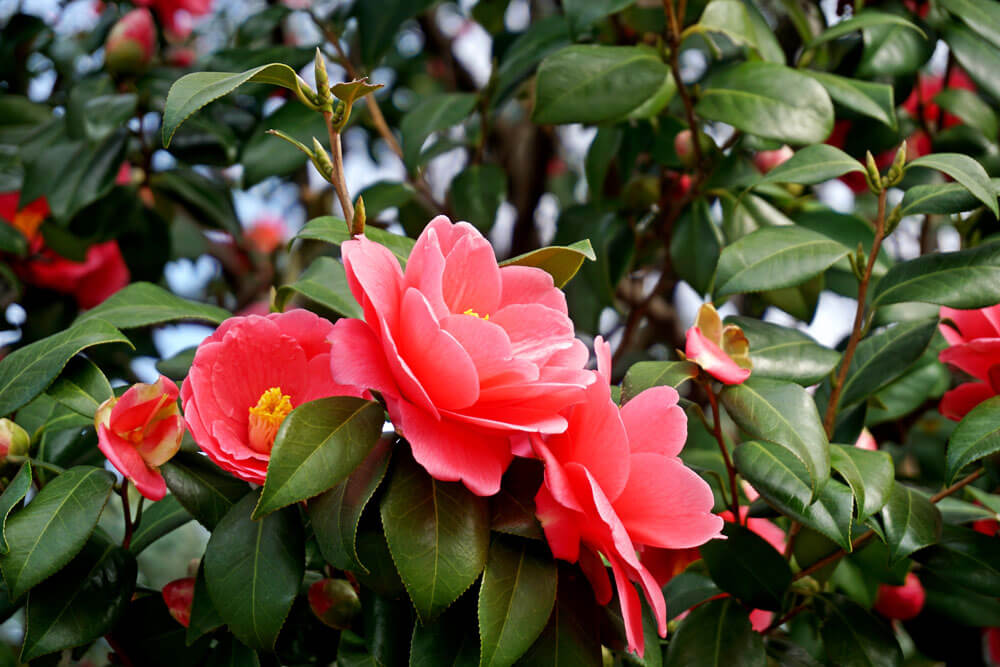Camellia: Identification, plant Growth and reproduction

Genus of around 250 species of extended-lived, time tested shrubs and little trees, 3-70 ft (1-20 m) high. They can be seen in acidic soil in woodland areas from N. India as well as the Himalayas to the far east, China and Indonesia, Java, and Sumatra. The Camellia makes plants up to 5″ broad with yellowish centers and round overlapping petals, much like an increased. The blossoms are valued, but so are the glossy leaves that remain an in-depth, gleaming eco-friendly all year. This is a slow grower but eventually will achieve as much as 20′ tall. Camellias flower from next winter to the very early spring season. Over 3,000 varieties, cultivars, and hybrids of Camellia japonica are developed. Camellias are a conventional beloved over the southeastern You.S. outside. Your room has to be impressive and airy. Buds show up in profusion during the early springtime. Nonetheless, they will decline when the herb is shifted or if you have an unexpected change in heat or dirt humidity.
Plant growth conditions
Take stem cuttings in August. Use a rooting hormone and provide bottom heat—Air-layer in late spring.
Maintain rich compost wet regularly – minimize flooding in the wintertime. Mist brings about often.
Plant reproduction
Get stem cuttings in August. Make use of a rooting bodily hormone and supply base temperature. Atmosphere-layer in late early spring.
